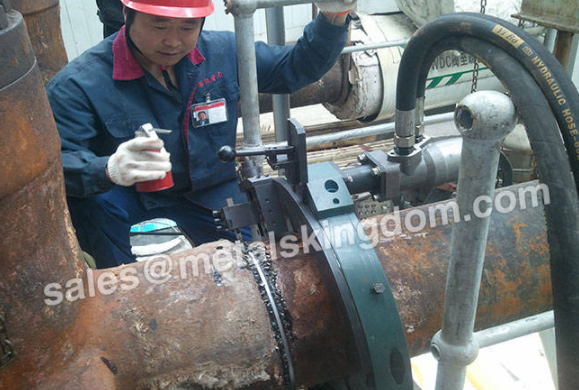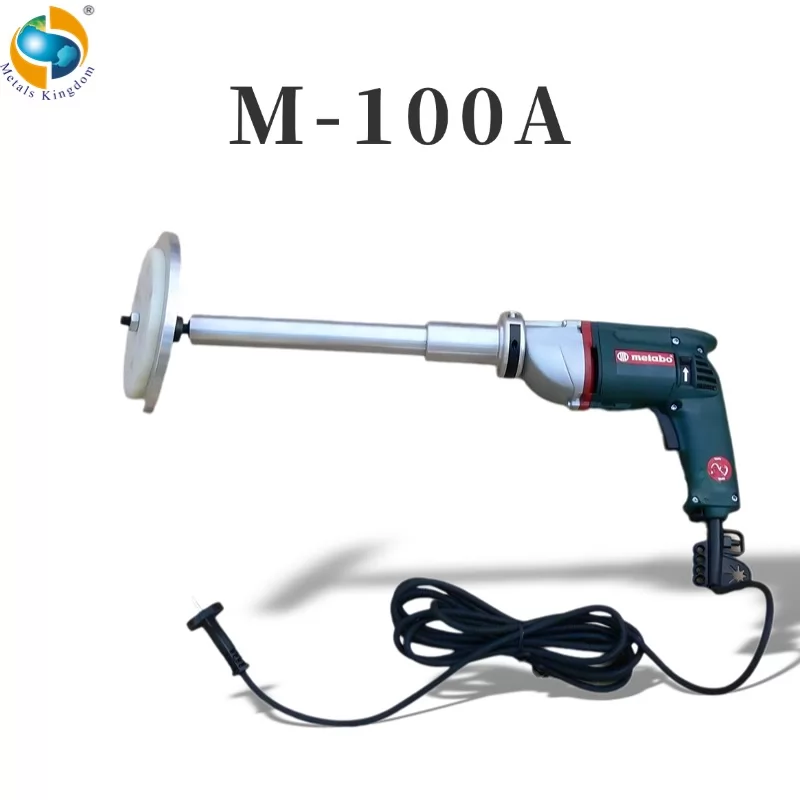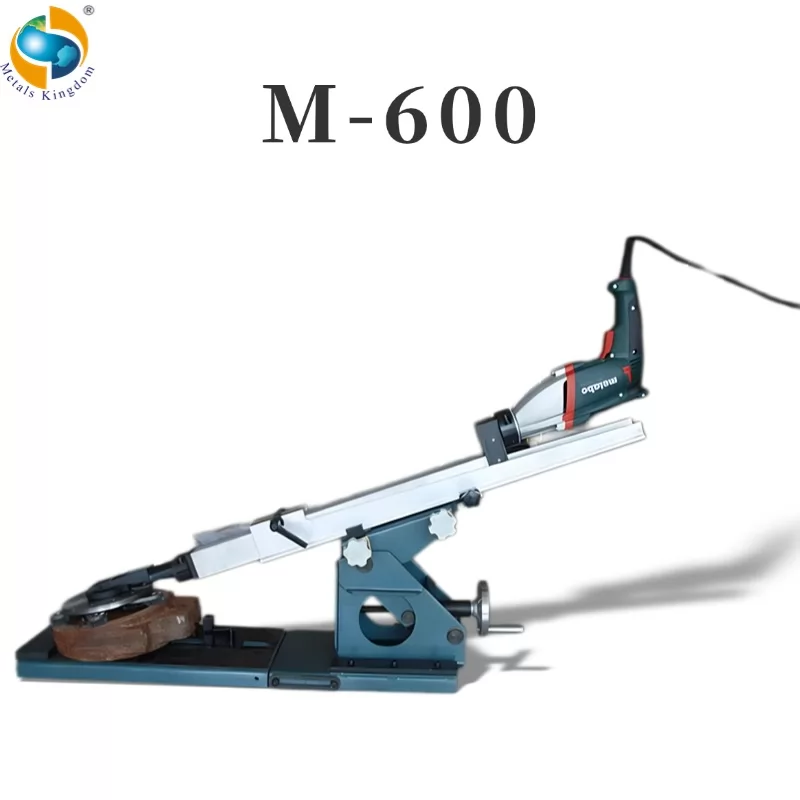
Pipe beveling is an angle forming between the edge of the end of a pipe or tube. When the pipe end is formed with a certain degree of an angle, it is called a bevel end or beveled end. Pipe beveling is an essential step in the welding preparation process of pipe joining. The quality of the beveled pipe directly affects the quality of the welding, so that proper pipe preparation ensures the best possible weld joint. Other than welding, beveling can also be used for deburring the cut pipe ends for aesthetic and safety reasons. From simple to complex metal structures, welding is an integral part of producing pipe and has a wide diverse range of applications. Different angles apply to different applications. But in most cases, the standard bevel is a 37.5 degree angle.
Important Factors in Beveling
Whatever the degree, maintaining that angle within the tolerance level is critical to a good bevel. Another important factor in achieving a good bevel is its length. It is important to have a consistent length of bevel because consistency makes it easier for welding down the road. A consistent bevel reinforces the weld, makes it stronger and helps it maintain its integrity. Speed is always a factor in any pipe beveling machine. It should be able to get the process completed in the absolute fastest cycle time possible. After all, time is money. When adding beveling tools to a fabricating operation, ask these questions:
Are the beveling tools emission-free?
Can it produce oxide-free cutting edges?
What is the beveling machine speed?
Is it easy to adjust?
Are the types of welds curved applications or radius?
Stationary tube and pipe beveling machines chamfer the ends of tubes and pipes. These tools bevel the ends of pipe and tube segments quickly and precisely. With easy, safe operation, variable milling-speed control, these tools are ideal for tube and pipe fabricators.
J Bevels and V Bevels
Most pipe beveling requires taking off the metal at a constant angle related to the end of the pipe. When both sections of a pipe to be welded have this bevel, the gap formed by the two beveled edges make the letter “V.” During the welding process, this gap is filled with molten metal and provides the bond between the sections. Beveling machines can expedite the process.
Another method is the “J bevel”. The metal removed from the pipe section forms the letter “J.” The angle of the J bevel isn’t consistent but curves upward toward the pipe’s edge. The advantage of the J bevel is that it keeps the bonding layer more uniform and uses less material to fill the gap. Less welding is involved with the result of a smaller heat-affected zone. Whether you need a J bevel or V bevel, you can find just the right beveling tool from our complete line of Gerima tools.
Types of Pneumatic Tools for Various Applications
There are many types of pneumatic tools for pipe beveling and plate beveling. Pneumatic hand-held beveling machines mill a variety of metals, such as aluminum, stainless steel, and carbon steel. These edge-milling pneumatic tools are lightweight, very fast, produce no grinding dust and are very low maintenance. They are also very versatile. The same machine can apply notches, radii and straight bevels.
Electric portable beveling tools can produce a wide range of angles and radii utilizing carbide inserts to mill metals like aluminum, stainless steel, and carbon steel. These beveling tools are up to 10 times faster than grinding, high quality, lightweight to reduce worker fatigue, reduce noise and produce no grinding dust for healthier working conditions.
With a high speed stationary mechanical beveling machine, straight bevels can be applied to smaller work pieces.
High performance plate beveling machines utilize highly abrasive ceramic grinding belts and can bevel the edge of thick and large plates along with multiple smaller pieces in one clamping.
We are a pipe beveling machine supplier, please feel free to contact us if you need them!












